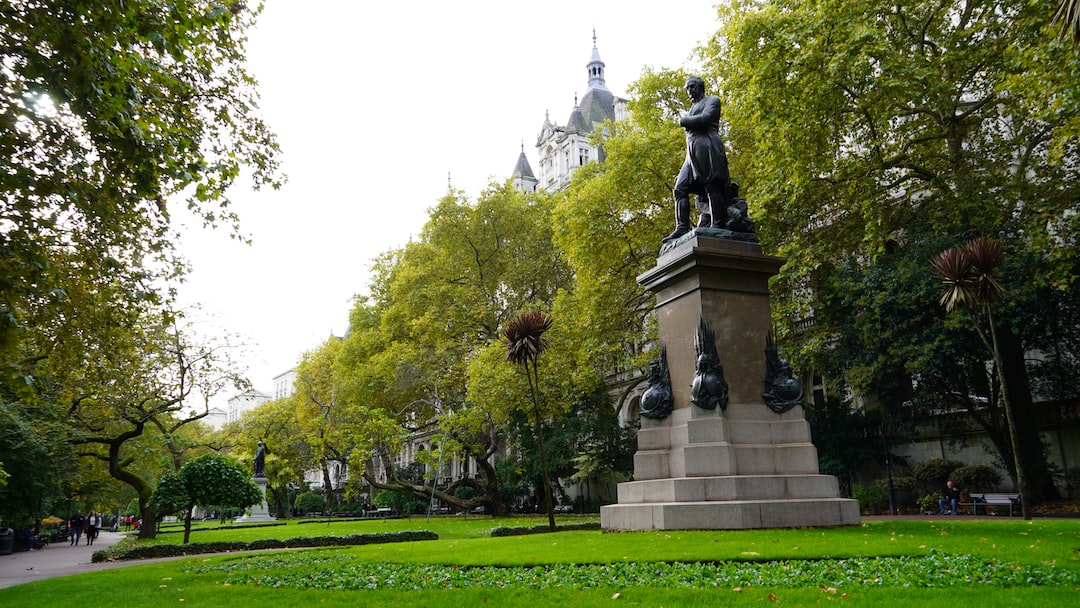Metal structure buildings have long been a popular choice for various construction projects due to their durability, versatility, and cost-effectiveness. However, with the increasing concern for environmental sustainability, the construction industry is now embracing green initiatives to ensure that metal building construction remains an eco-friendly option. Sustainable design practices are being integrated into the construction processes of metal structure buildings, making them more energy-efficient and environmentally responsible.
One of the significant green initiatives in metal building construction is the use of recycled materials. Choosing building materials that have been recycled reduces the need for raw materials, minimizes waste generation, and reduces the environmental impact of the construction project. Moreover, the use of recycled materials in metal structure buildings can significantly contribute to sustainable development and preservation of natural resources.
In addition to the use of recycled materials, energy-efficient design strategies are also being incorporated into metal structure buildings. This includes the installation of energy-efficient windows, advanced insulation systems, and smart HVAC (Heating, Ventilation, and Air Conditioning) systems. These design elements not only reduce energy consumption but also improve indoor air quality and promote a healthy living environment. By adopting energy-efficient practices, metal structure buildings can significantly lower their carbon footprint and contribute to a sustainable future.
Furthermore, solar energy is increasingly being harnessed in metal structure buildings through the installation of photovoltaic (PV) systems. These systems convert sunlight into electricity, providing sustainable and renewable energy to power the building’s electrical needs. By leveraging solar power, metal structure buildings can reduce their reliance on traditional energy sources and decrease greenhouse gas emissions.
Water conservation is another crucial aspect of sustainable design in metal structure buildings. Implementing water-saving technologies such as low-flow plumbing fixtures, rainwater harvesting systems, and graywater recycling can significantly reduce water consumption. By minimizing water usage, metal structure buildings contribute to the conservation of this precious resource and promote sustainable living practices.
The incorporation of vegetation and green roofs is yet another green initiative gaining popularity in metal structure buildings. Green roofs not only improve insulation and reduce energy consumption but also provide natural habitats for plants and wildlife. These green spaces contribute to biodiversity, enhance air quality, and mitigate the risk of urban heat islands. By integrating nature into metal structure buildings, the overall sustainability of the project is enhanced.
In conclusion, sustainable design initiatives are revolutionizing the construction industry, including metal structure buildings. The integration of recycled materials, energy-efficient strategies, solar energy, water conservation practices, and green spaces are transforming metal building construction into an environmentally responsible choice. As the world pays more attention to climate change and sustainable development, these initiatives will continue to evolve, ensuring that metal structure buildings contribute to a greener and more sustainable future.
